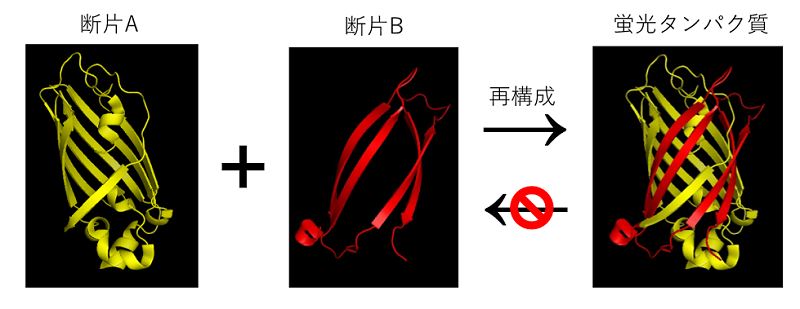ウイルスの波及により、ある種の新しい宿主種では病気が広まり、他の種では沈静化するのはなぜか、新たな研究で判明 New study investigates why virus spillovers cause widespread disease in some new host species yet fizzle out in other species
2022-09-30 ペンシルベニア州立大学(PennState)
研究チームはまず、線虫属がウイルス宿主ジャンプの生態と進化の研究に有用なシステムであるかどうかを調べるため、44種の線虫について、オルセーウイルスへの感染感受性を調べた。オルセーウイルスは、研究対象の線虫属に感染することが知られているが、他の種で発生したという記録はないウイルスであった。
研究チームは、少量のウイルスをさまざまな線虫の個体群を培養したシャーレにのせ、ウイルスが複製されるかどうかを確認した。試験した44種のうち、14種がオルセーウイルスに感受性であった。
次に研究チームは、これら14種の感受性ミミズを使って、ウイルスに曝露されたミミズの一部をウイルスのない生息地に移植して繁殖させ、子孫にウイルスを感染させる可能性があるかどうかを評価した。このプロセスを繰り返し、ウイルスがどれくらいの期間持続できるのか、また、ウイルスが無期限に持続できるのかを調べた。
ウイルスのネイティブホストである線虫に近縁なホスト種ほど感染しやすく、近縁なホスト同士は、線虫との関係に関わらず、より似たような感受性を持つことを発見しました。
<関連情報>
- https://www.psu.edu/news/research/story/disease-outcomes-differ-new-host-species-virus-spillover-experiments/
- https://royalsocietypublishing.org/doi/full/10.1098/rspb.2022.1165
スピルオーバーとエマージェンシーの経験則モデルの開発 :カエノラブディティスのオルセーウイルス宿主範囲 Developing an empirical model for spillover and emergence: Orsay virus host range in Caenorhabditis
Clara L. Shaw and David A. Kennedy
Proceedings of the Royal Society B Published:21 September 2022
DOI:https://doi.org/10.1098/rspb.2022.1165

Abstract
A lack of tractable experimental systems in which to test hypotheses about the ecological and evolutionary drivers of disease spillover and emergence has limited our understanding of these processes. Here we introduce a promising system: Caenorhabditis hosts and Orsay virus, a positive-sense single-stranded RNA virus that naturally infects C. elegans. We assayed species across the Caenorhabditis tree and found Orsay virus susceptibility in 21 of 84 wild strains belonging to 14 of 44 species. Confirming patterns documented in other systems, we detected effects of host phylogeny on susceptibility. We then tested whether susceptible strains were capable of transmitting Orsay virus by transplanting exposed hosts and determining whether they transmitted infection to conspecifics during serial passage. We found no evidence of transmission in 10 strains (virus undetectable after passaging in all replicates), evidence of low-level transmission in 5 strains (virus lost between passage 1 and 5 in at least one replicate) and evidence of sustained transmission in 6 strains (including all three experimental C. elegans strains) in at least one replicate. Transmission was strongly associated with viral amplification in exposed populations. Variation in Orsay virus susceptibility and transmission among Caenorhabditis strains suggests that the system could be powerful for studying spillover and emergence.


